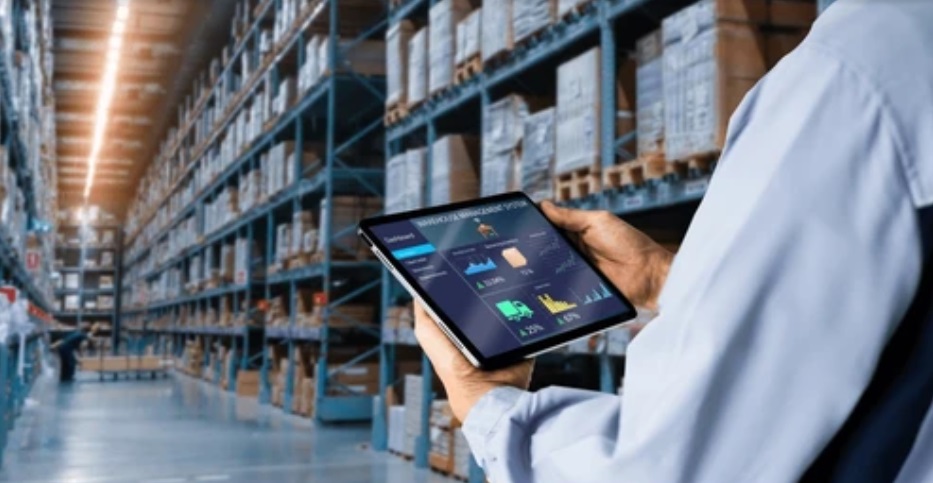Supply chain management (SCM) is the handling of the entire production flow of a good or service, from the raw materials to the final delivery to the customer. SCM involves coordinating and integrating the activities and information across the supply chain network, such as suppliers, manufacturers, distributors, retailers and consumers.
Supply chain management is a complex and dynamic field that requires a lot of knowledge and skills. There are different types of supply chain management models that suit different business needs and goals. In this blog, we will introduce you to five must-know supply chain management models and explain their advantages and disadvantages.
There are different types of supply chain management models that vary according to the level of customization, responsiveness, and efficiency. Some of the common types are: make-to-stock (MTS), make-to-order (MTO), assemble-to-order (ATO), engineer-to-order (ETO), continuous replenishment (CR) and lean supply chain (LSC).
Each type of supply chain management model has its own benefits and drawbacks. For example, MTS is efficient and low-cost, but less responsive and flexible. MTO is responsive and flexible, but less efficient and high-cost. ATO is a balance between MTS and MTO, but requires more coordination and inventory management. ETO is highly customized and innovative, but complex and risky. CR is fast and reliable, but requires high demand visibility and collaboration. LSC is agile and lean, but requires continuous improvement and waste elimination.
- The Continuous Flow Model:
The continuous flow model is all about maximizing efficiency, making it ideal for high-volume environments. It suits manufacturers focused on producing consistent products with minimal design variations. Commodity manufacturing thrives in this model, where low product prices are achieved through streamlined processes. Raw material prices play a significant role in determining margins, making it a science-driven approach.
- The Fast Chain Model:
Designed for responsiveness, the fast chain model caters to manufacturers frequently changing their product line. It shines brightest with trendy products that have short life spans. Being the first to market becomes a competitive advantage in this model. The key drivers are the designers and the marketing department, who can create and ride the wave of their own trend. The fast chain model is characterized by its art-driven nature.
- The Efficient Chain Model:
The efficient chain model targets hypercompetitive industries where achieving end-to-end efficiency is paramount. Extensive production forecasting is crucial to optimize machinery assets fully. This model heavily relies on commodity and raw material prices. However, capacity issues have emerged in the post-pandemic world due to labor shortages, material scarcity, and delays. Disruptions in forecasting can trigger a ripple effect, resulting in prolonged lead times and inflated prices throughout the supply chain.
4. The Agile Model:
Ideal for manufacturers dealing in specialty items, the agile model excels at producing small batches with exceptional expertise. Less automation and more personalized attention allow businesses to command higher prices for their products. While agile-model businesses can scale up volume, they often become less competitive in terms of pricing compared to efficient-chain-model businesses at higher volumes.
- The Custom-Configured Model:
The custom-configured model prioritizes customization during production and assembly. Typically found in prototype or limited-production builds, it involves setting up specific configurations at the beginning of a longer production process. This model combines aspects of both the agile and continuous flow models. It offers quicker turnaround times and caters to small batch production, providing a higher-touch approach.
- The Flexible Model:
The flexible model aims to strike a balance between high-volume demands and low or no-demand periods. It allows businesses to react to changing market conditions effectively. Like a light switch, it can be turned on or off as needed. Implementing the flexible supply chain model requires the right tools or automated machinery for the job. It also relies on a broad supplier network or personnel with diverse knowledge to adapt swiftly to fluctuating demands.
Supply chain management is a vital process that can make or break your business’s success. You need to understand the different types of supply chain management models and choose the best one for your business needs and goals. You also need to be flexible and adaptable to the changing environment and customer needs. You also need to keep learning and improving your supply chain performance using the latest trends and technologies.






